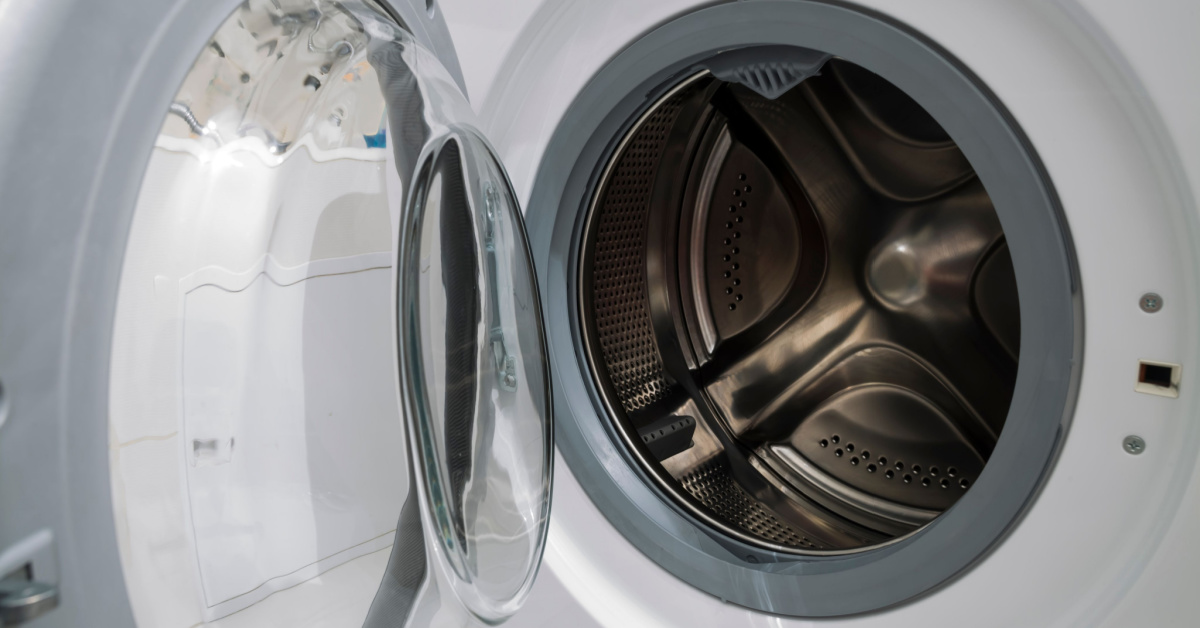What kind of washing machine do you have in your home? Do you have an old fashioned top loader, a high-efficiency (HE) top loader, or a front load washer? In the last decade, the front load washers have been touted as superior washing machines. Recently, however, their popularity has declined somewhat. Before you purchase your next washing machine, here are a few things you should know in order to make an informed decision.
What You Should Know About Front Load Washers
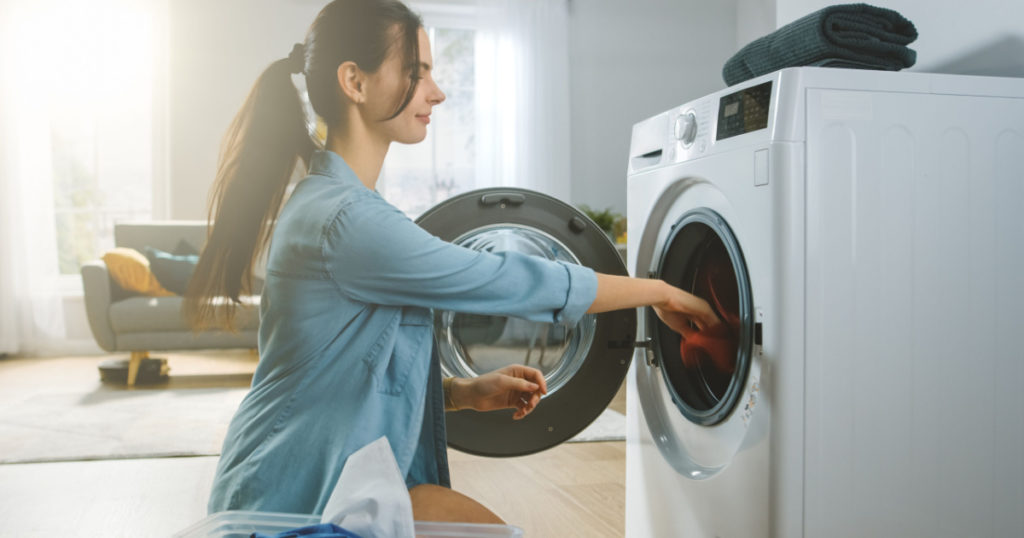
A few years ago front load washers really took the laundry scene by storm. They were marketed as using a fraction of the water that top loaders use. Beyond the environmental advantages of this, manufacturers touted that you would save money, in the long run, thanks to this. These points are all true: Front load washers use about eight gallons of water as compared to the 45 gallons of traditional top loaders. That’s a lot of water savings! Even HE top loaders still use more water than a front load variety. (1)
Read More: Why You Should Leave a Bag of Rice in Your Closet
Things to consider
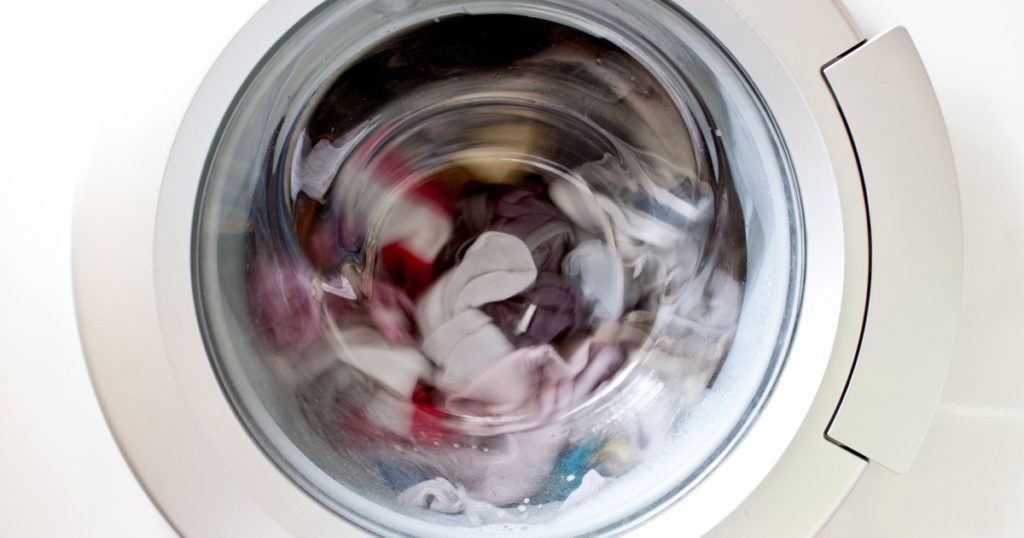
Despite all of the water and money savings, people are moving away from purchasing front loaders. This is for a number of factors that we don’t always take into consideration when making a washing machine purchase. Here are the things you should think about before deciding what kind of washing machine to buy.
1. Wash Times
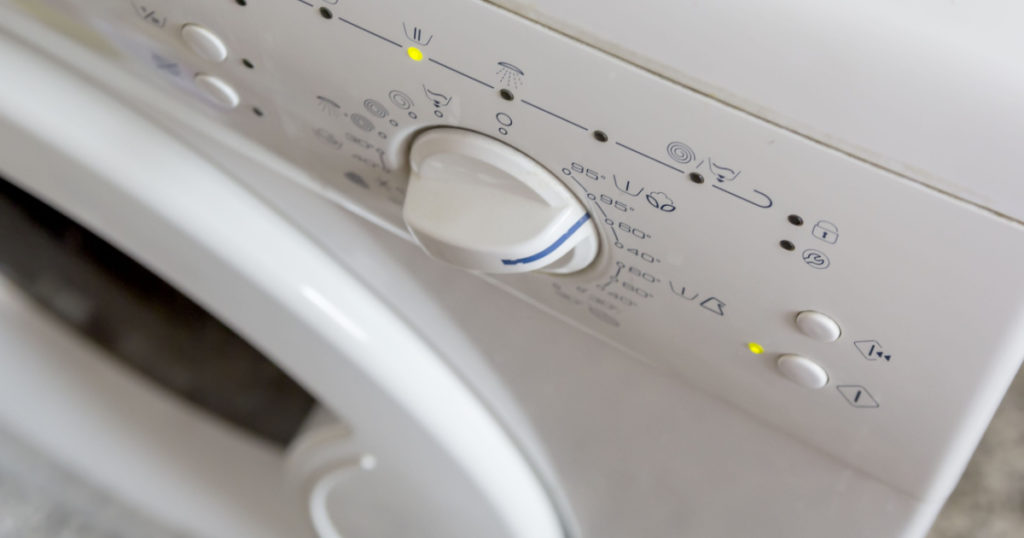
We lead busy lives. We don’t want to be spending all day doing laundry. Most of us don’t even have that much time to dedicate to the chore. Efficiency is a very important factor when looking at washing machines. Front loaders, though they may save on water, do the opposite on time. They are the slowest of all three types, clocking in at between 70 and 120 minutes per load. Most top-loaders come in at 55 to 75 minutes and traditional top loaders between 35 and 65 minutes.
All of that being said, when taking into account drying time, you may actually break even, or at least close that gap. Clothes washed in front load washers tend to finish the cycle less wet. This means that whether you are drying in a machine or drying on a rack, those clothes will take a lot less time to dry. This is because front loaders’ spin cycle is faster, so they extract more water from the clothes in the final parts of the washing process. (2)
2. Smaller Loads Are Key
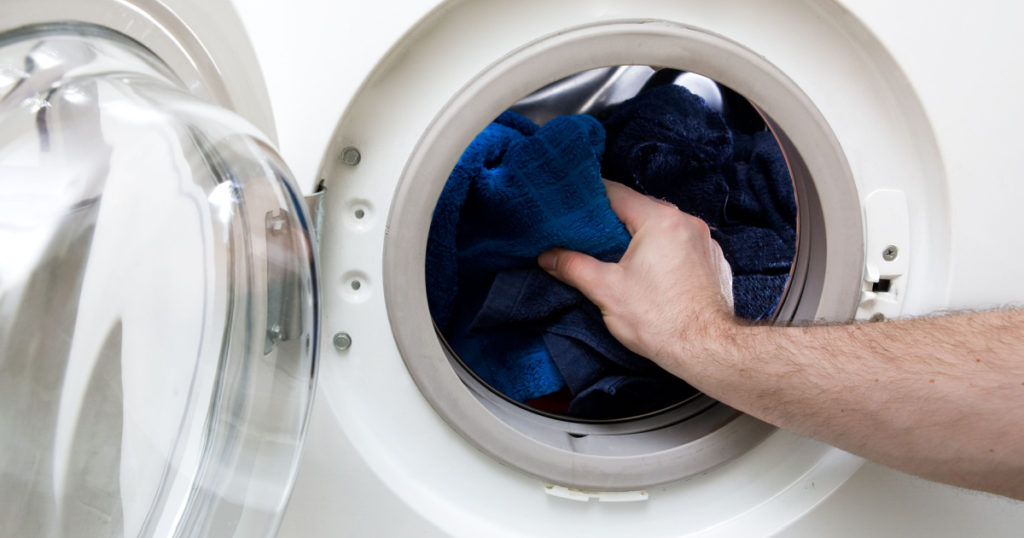
Front loaders can’t rely on the clothes rubbing together to get clean the way top loaders can. Rather, they clean by lifting the clothes up and then dropping them down into the water. Because of this, they need more space inside the washer. This is why you can’t overstuff front load washers in the same way that you can really fill up a top loader.
3. May Or May Not Be A Space Saver
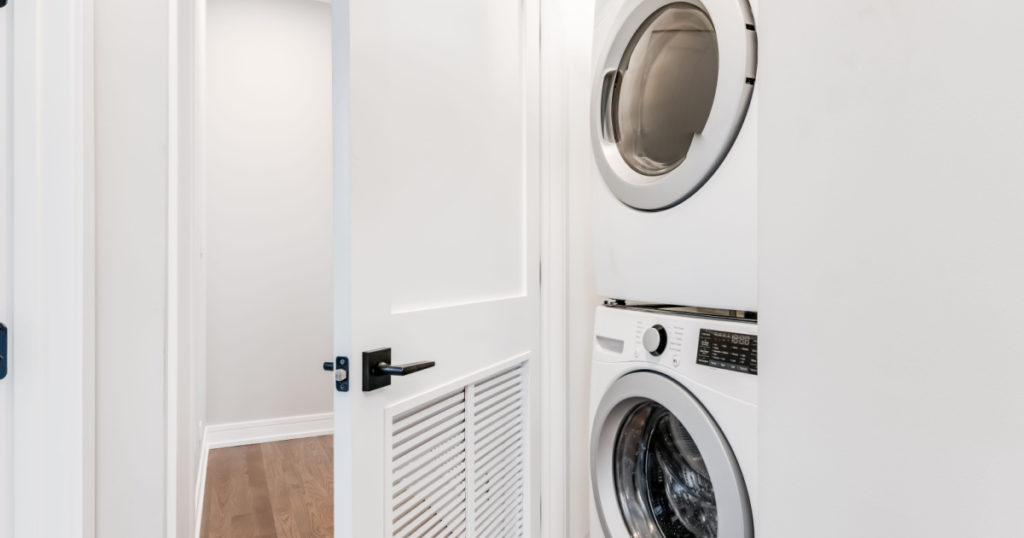
One of the advantages that most people assume about front load washers is that you can stack the washer and dryer on top of each other. This, naturally, can save a lot of space. Particularly if you are living in smaller quarters, this is a very important point. Be aware, however, that not all front loaders are stackable. Some have them have their detergent dispensers on the top, or have a mini top-loader included. Stack a dryer on top and you won’t be able to use the washer. Also, make sure to measure your space to ensure that the washing machine you are purchasing will fit in your space.
Read More: The Benefits of Ceramic Cookware
4. They Vibrate
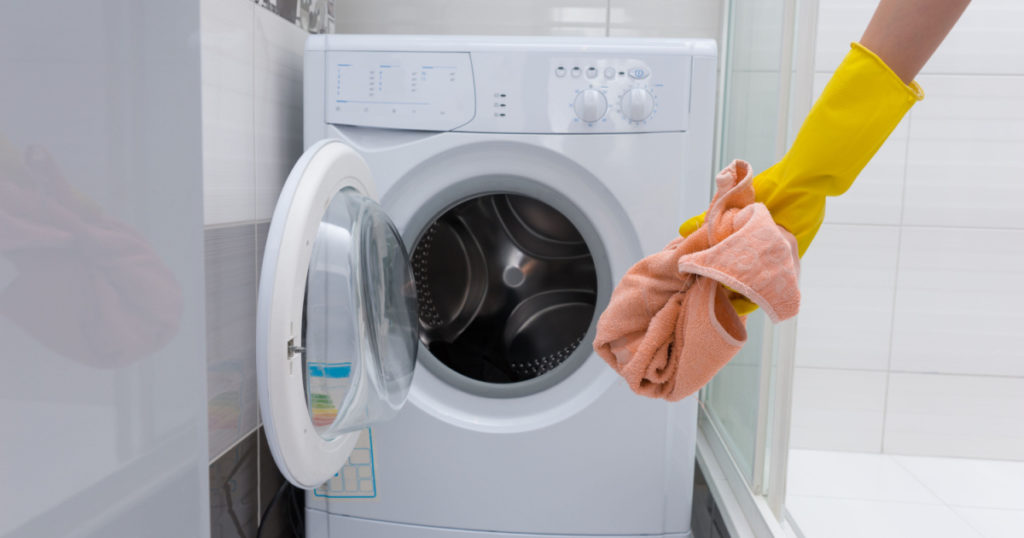
Whereas top loaders are pretty solid and don’t move, front loaders are not like that. They typically vibrate a bit back and forth. On a concrete floor, this is a non-issue. If you have wood flooring, however, this can be problematic. That being said, manufacturers are making improvements to the washers so that they vibrate quite a bit less.
5. Extra Care
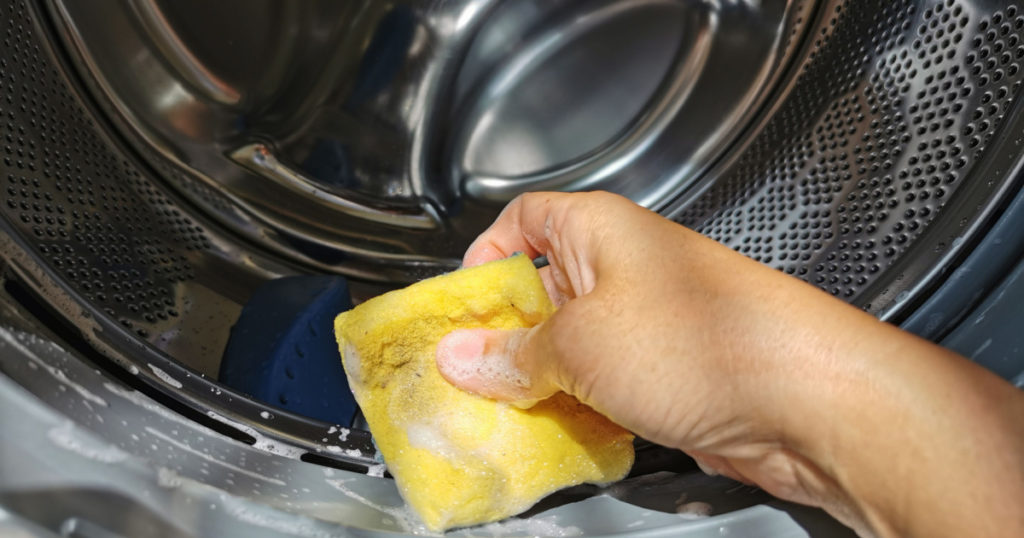
Front load washers are definitely higher maintenance than top loaders. They are more prone to mold and mildew than traditional top load washers and HE top loaders. Mold can develop in several places in the machine. This includes in the detergent dispensers, inside the machine, on the door, and in the rubber gasket around the opening.
Preserving your front loader washing machine
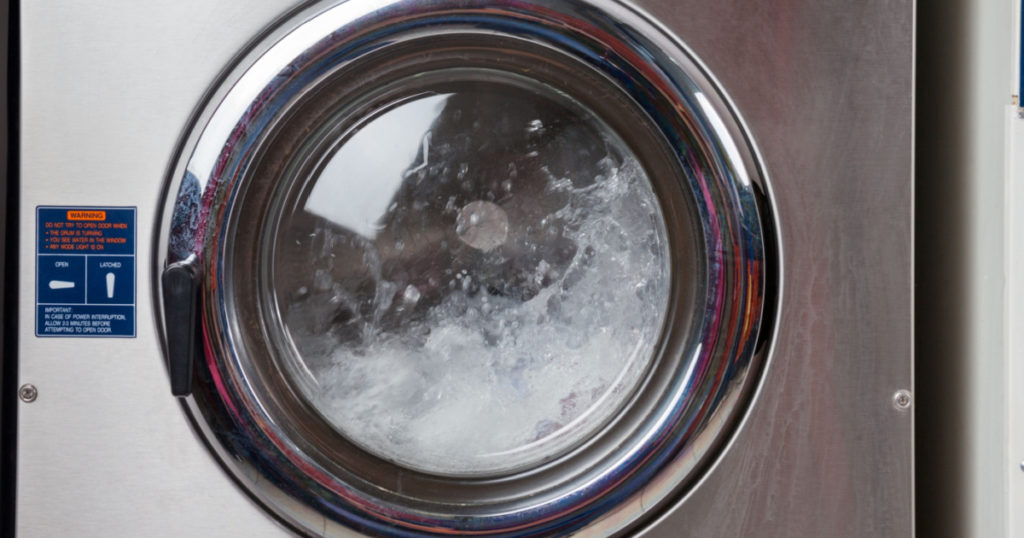
To prevent this, it is advisable to regularly run the tub-clean feature. If your model doesn’t have this, run the hottest water temperature, no clothes, and a cup of bleach. Also, be sure to dry the door after every load. Leave dispensers open for a bit after the wash to dry out, and if you can leave the door open (if you don’t have children or pets who may wander in), then do so. The air circulation will allow the washer to air out and dry better.
Read More: These Changed Our Daily Lives Dramatically: Do You Know What These Are?
Sources
- “5 Things to Know About Front-Load Washers.” Consumer Reports. Keith Flamer. July 26, 2022.
- “Front Load vs. Top Load Washers: The Pros and Cons of Each.” Howards. November 24, 2021.
